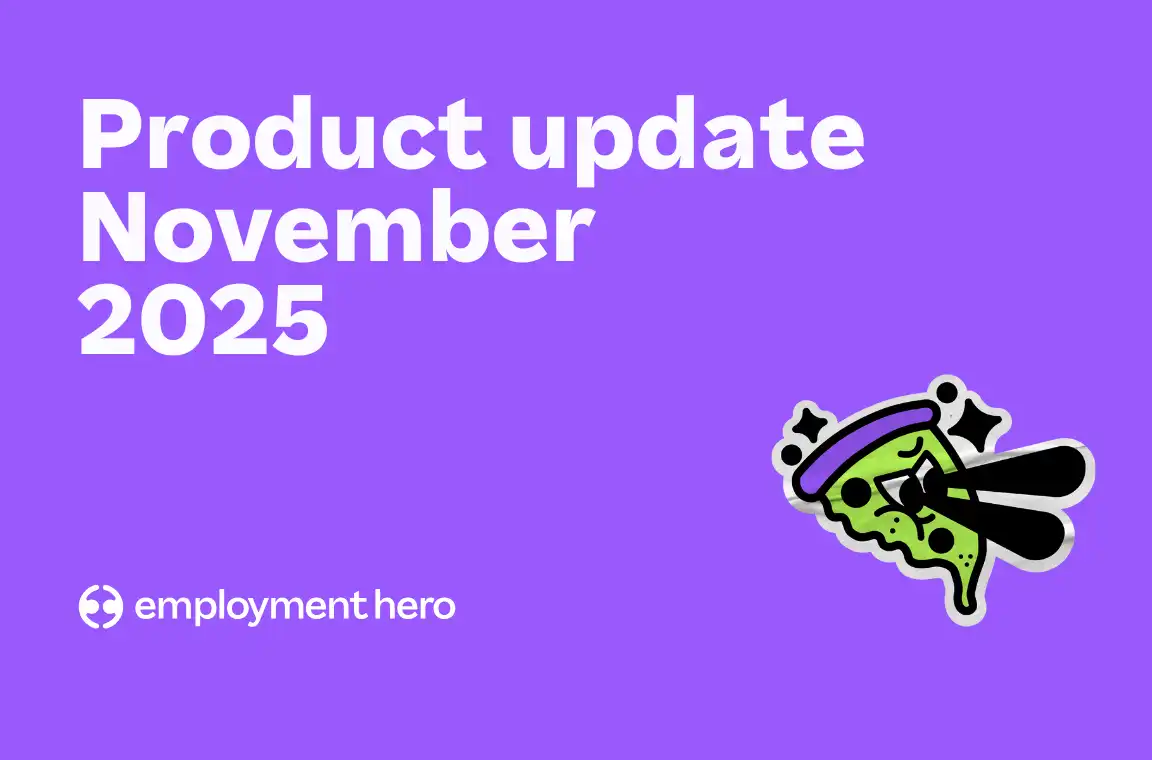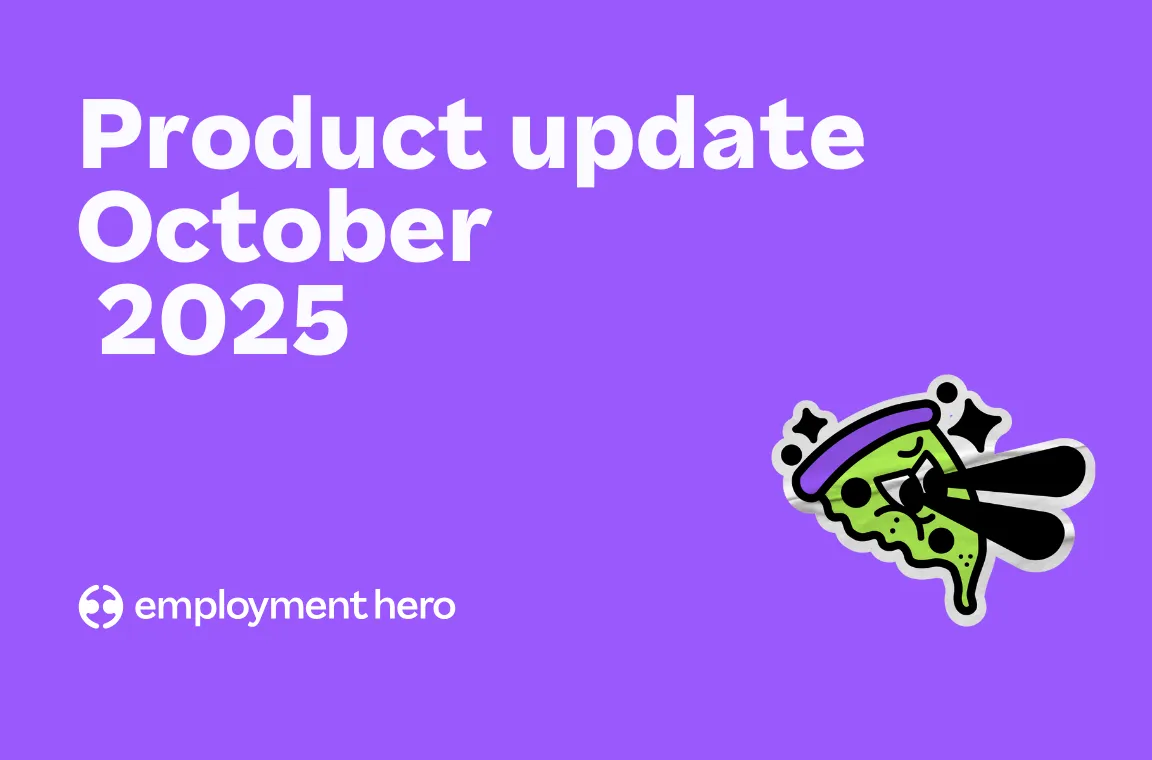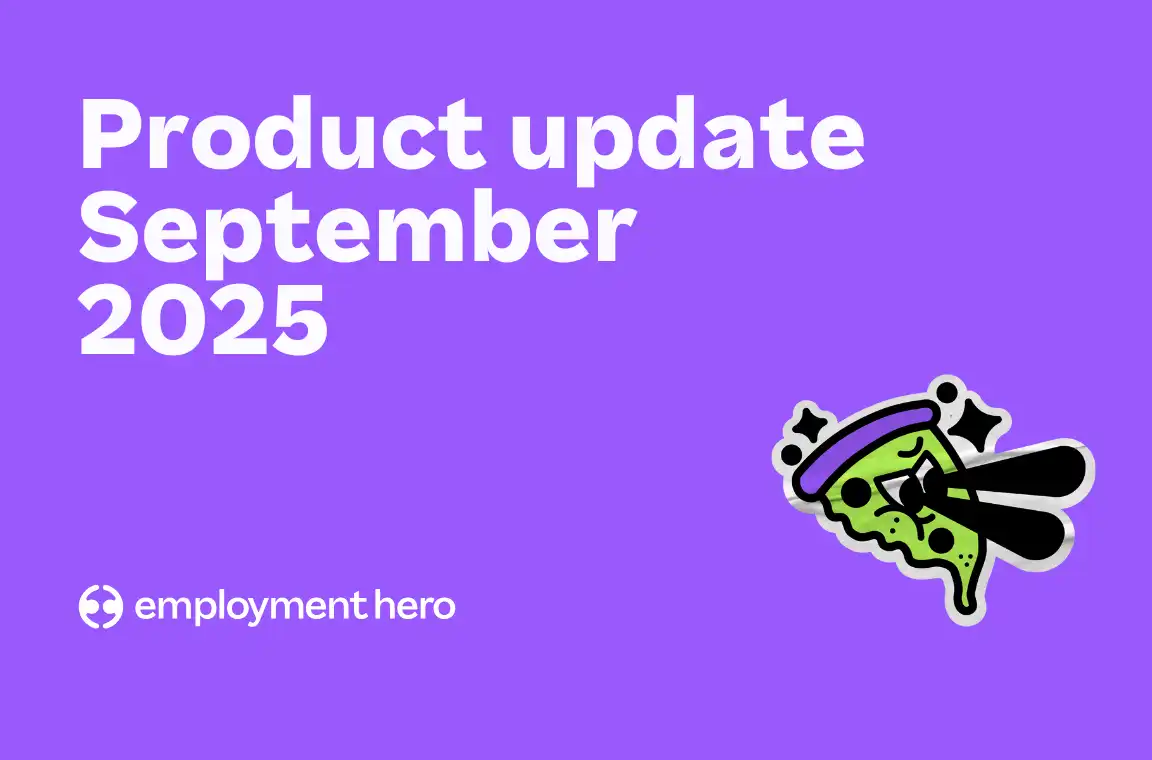5 tips to support your employees’ mental health in Singapore
This World Mental Health Day, take the opportunity to check in with your team and learn some tips on how you can best support their mental health.

Contents
In today’s fast-paced world, taking care of our mental health is more important than ever, and that extends to our workplaces too.
If you’re running a business or managing a team in Singapore, you know how crucial it is to support your employees’ mental well-being. If you want your employees to be working at their best, they need to be feeling their best.
In light of World Mental Health Day, we’re addressing mental health in the workplace, and what you can do as an employer to better support your employees’ mental health.
What is World Mental Health Day?
World Mental Health Day is observed on October 10th each year, to raise awareness about mental health issues and promote mental well-being around the world. This day provides an opportunity to engage in open conversations, reduce stigma, and encourage individuals to seek help and support for their mental health concerns.
Mental health is just as important as physical health and should be prioritised. This year, the theme is ‘mental health is a universal human right’. As espoused by the World Health Organisation — “Everyone, whoever and wherever they are, has a right to the highest attainable standard of mental health. This includes the right to be protected from mental health risks, the right to available, accessible, acceptable, and good quality care, and the right to liberty, independence and inclusion in the community.”
Are Singaporeans experiencing poor mental health at work?

Unfortunately so. A study conducted by Southeast Asian consumer research company, Milieu Insight, in collaboration with Intellect, found that the Singaporean workforce has the worst mental health across Southeast Asia, with local employees showing the lowest levels of engagement, job satisfaction, and overall quality of life. Only 57% of Singaporeans rated their mental health to be ‘good’, ‘very good’ or ‘excellent’, compared to 68% in Indonesia and 78% in the Philippines.
According to the study, the top reasons employees push themselves so hard is the desire to build a better life for themselves and their loved ones (58%), achieve a sense of accomplishment (53%), and earn more income (50%). 50% of employees across the region have also reported feeling burnt out from work at least a few times a month, with 41% ‘often’ or ‘always’ feeling as though they cannot stop thinking about work.
Many factors have certainly contributed to fatigue amongst the workforce — geopolitical uncertainties, the rising cost of living, a toxic productivity mindset and so on. Highly toxic work environments and disappointing experiences from people seeking redress and accountability from higher management have added further fuel to the fire.
Our Wellness at Work report also revealed that the majority of employees in Singapore are struggling with burnout at work. 62% mentioned that they felt a sense of extreme fatigue, and that it had affected them within the past three months. We often hear the term ‘rat race’ used in Singapore — meaning a highly competitive and stressful work culture. With a strong glorification of hustle culture, It’s no wonder employees are struggling with poor mental health.
Why workplace mental health matters
Workplace mental health matters significantly for several reasons, and one of the crucial aspects to consider is the strong link between mental health and physical health. Here’s why this connection is so important:
It affects an employee’s overall well-being
Mental health is an integral component of overall well-being. Just as our physical health affects how we feel and function, our mental well-being has a profound impact on our daily lives. When employees have good mental health at work, they are more likely to be engaged, productive, and satisfied in their jobs.
It affects an employee’s productivity and performance

Poor mental health can lead to decreased productivity, impaired decision-making, and reduced job performance. Employees who struggle with mental health issues may find it challenging to concentrate, meet deadlines, and complete tasks effectively. This, in turn, can affect the rest of their team, and the business as a whole.
It affects an employee’s physical health
Mental health problems are closely linked to physical health outcomes. Conditions such as chronic stress, anxiety, and depression can lead to unhealthy behaviours like having a poor diet, lack of exercise and more, which in turn contribute to physical health problems like cardiovascular diseases, weakened immune systems, and chronic pain.
It results in absenteeism and presenteeism
Mental health issues are a significant cause of absenteeism (employees missing work) and presenteeism (employees being present at work but not fully productive due to health issues). This is especially pertinent in Singapore where there is a competitive work culture and a stigma against mental health conditions. Presenteeism costs employers S$5,700 to S$9,500 per employee every year, while absenteeism is projected to cause S$3.3 billion in productivity loss by 2030.
It affects employee engagement and retention
A workplace that prioritises mental health creates a more positive and supportive environment. Employees are more likely to feel engaged, valued, and loyal to their organisation when they know that their mental well-being is supported. This, in turn, can improve employee retention and reduce turnover.
It brings added benefits rather than added costs
While investing in mental health programs and resources for your employees may seem costly, it actually brings added benefits to the business in the long run. Reduced healthcare costs, decreased turnover, and improved productivity will outweigh your initial investment in mental health support.
The 2017 NCSS Study on Employment of Persons with Mental Health Conditions found that employers perceived the cost of workplace adjustments for persons with mental health conditions to be higher than the actual. Implementing workplace adjustments also benefits a company more than costing it, generating returns of $5.60 on average for every $1 invested.
How can employers better support their employees’ mental health?

1. Open communication and education
Encourage a culture of open and non-judgmental communication. Let employees know that it’s okay to talk about their mental health concerns, and seek help when needed. Employees should feel safe and comfortable in approaching their direct supervisor with any mental health concerns.
It can also be incredibly beneficial to everyone across the business if you provide mental health education and training. This can increase awareness, encourage dialogue and reduce stigma surrounding mental health issues. Appoint mental health champions and organise educational sessions regularly — a great example is using lunchtime to host talks and workshops on relaxation techniques, stress management, emotional regulation, crisis management and more.
As an employer, you can tap on the Health Promotion Board (HPB)’s existing mental well-being programmes under the Workplace Outreach Wellness (WOW) Package or Workplace Safety and Health Council’s Total WSH Programme.
2. Flexible work-life balance
Promote a healthy work-life balance by setting realistic expectations for work hours, encouraging employees to take breaks, and discouraging excessive overtime. You shouldn’t be expecting your employees to be ‘always-on’ and responsive all the time, especially outside of normal work hours.
It’s also important to offer flexible work hours, remote work options, and accommodations for employees dealing with mental health challenges. This can help them manage their workload effectively while prioritising self-care.
Another great way to support work-life balance is to encourage your employees to take time off. Spending quality time with the people they love and doing the things they enjoy will help them feel refreshed and recharged, ready to get back to work after.
Since the pandemic, many companies in Singapore have started offering creative leave days — one great example is Facebook Singapore, who provides employees with two ‘choice days’ on top of 20 days of annual leave. They can take the time off to volunteer, use it on their birthday, or spend it as a free day doing something they enjoy.
3. Supportive leadership and policies
Employees look to leaders as role models. It’s crucial that your leadership team leads by example in encouraging a supportive work culture towards mental health.
They need to be advocating against toxic productivity and hustle culture, and demonstrate that they believe in that themselves. If they’re working overtime everyday, eating takeout meals at their desk, and messaging other team members on weekday nights and weekends — they’re not really shaping a healthy workplace culture. Plus, it makes it difficult for their direct reports to draw boundaries without the fear of repercussions.
Apart from leading by example, train managers to recognise and address mental health concerns, as well as develop clear mental health policies. If employees choose to share their personal issues with their managers, they have taken a brave step to open up and be vulnerable. Managers and supervisors need to know how to respond with sensitivity, and provide guidance accordingly whilst maintaining their confidentiality.
4. Stress reduction and workload management
Are you checking in with your employees regularly and having one-on-ones weekly to see how they’re managing their workloads? According to the Harvard Business Review, employees who get little to no one-on-one time with their manager are more likely to be disengaged, while those who get twice the number of one-on-ones with their manager relative to their peers are 67% less likely to be disengaged.
One-on-ones are incredibly crucial in identifying and addressing workplace stressors such as excessive workloads, unrealistic deadlines, or conflicts. By identifying and discussing how you can resolve them as soon as they arise, you can better mitigate these stressors for your employees promptly.
Apart from having regular one-on-ones, you can also utilise iWorkHealth — a free online survey tool that helps you find out your workforce’s overall state of mental well-being, and the key workplace stressors affecting your employees’ mental well-being. Employers will receive a report that is aggregated, anonymised, and can be broken down by departments, whilst employees who respond to the survey will also receive a personalised, confidential report on their well-being scores.
We’ve also put together this list of 101 wellbeing survey questions you can ask your employees to garner valuable feedback that can be actioned upon.
5. Access to resources and services

If possible, include mental health coverage as part of your company’s healthcare plan for employees, so your employees can go for mental health consultations and treatments without worrying about the financial costs. An employee assistance program (EAP) that provides confidential counselling and support services to employees and their families would be incredibly helpful too. These show the company’s commitment to supporting its employees in overcoming their mental health challenges.
You could also consider implementing wellness programs that focus on physical, mental, and emotional wellbeing. These can include fitness activities, mindfulness sessions, or access to counselling services.
In addition, you could also direct them to external resources such as the Samaritans of Singapore for those in crisis and/or those with suicidal tendencies; the Pregnancy Crisis Service for those facing an unplanned pregnancy; the Singapore Association for Mental Health for individuals, couples and families with psychological, psychiatric and/or relationship problems; and Touch Counselling Services for adults, couples and families struggling with various marital, parenting, emotional and interpersonal issues.
For more helpful resources, check out this Mental Health Toolkit for Employers created by the National Council of Social Service (NCSS).
Let Employment Hero help you in supporting employee mental health
Ultimately, we’re all humans and we face challenges from time to time. It’s important to recognise that it’s ok to not be ok — and your employees are free to seek help if they are going through a difficult time. Sweeping things under the rug or bottling things up doesn’t help anyone in the long run.
Employment Hero can help you support employee mental health through our cloud-based employee engagement software. Gauge the happiness of your team via monthly employee engagement surveys and receive valuable anonymous feedback. Set up recurring one-on-ones with structured templates so no roadblock or workplace stressor goes unnoticed. Lift the energy of your workplace with peer-to-peer recognition — everyone loves feeling appreciated and valued for their hard work.
Remember, supporting employee mental health is not solely about financial investment; it’s about creating a culture of care and well-being. Even small, thoughtful actions and policies can make a significant difference in promoting mental health in the workplace.
Related Resources
-
 Read more: Product Update: November 2025
Read more: Product Update: November 2025Product Update: November 2025
Welcome to the November 2025 product update from the Employment Hero team. We’ve got lots to share around Workflows, Rostering,…
-
 Read more: Product Update: October 2025
Read more: Product Update: October 2025Product Update: October 2025
Our October 2025 update is here for Singapore. Discover OCBC remittance advice, leave balance checks, rostering, timesheets and more. Read…
-
 Read more: Product Update: September 2025
Read more: Product Update: September 2025Product Update: September 2025
A big hello from the Employment Hero Product team, and welcome to the September 2025 Product Update.









